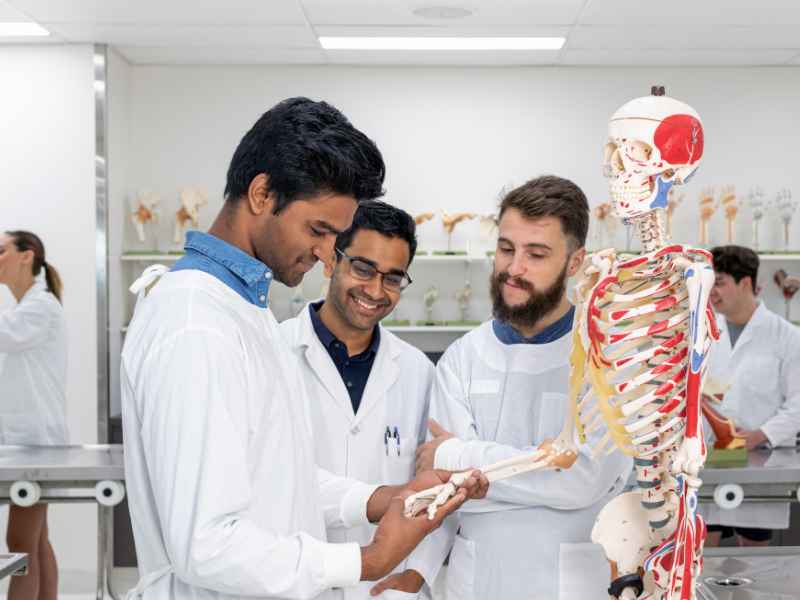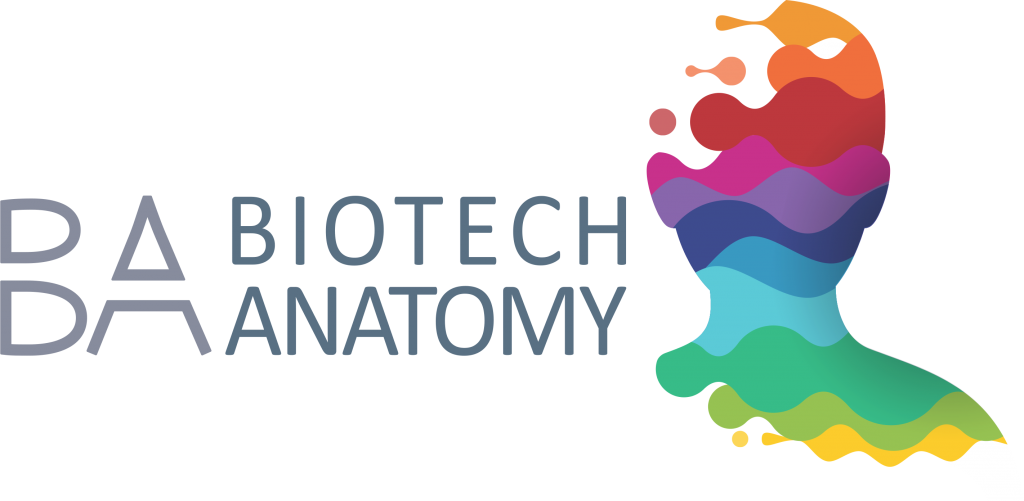Cadaver Lab Anatomy
Peering into the world of CADAVER LAB ANATOMY, it’s a realm where precision meets practice. These labs are crucial for medical students and professionals to get up close with human anatomy, beyond what any textbook could show. They’re spaces equipped with cutting-edge tools that sharpen surgical skills and expand our understanding of the human body.
The hands-on experience is unparalleled, giving learners the chance to refine techniques in a way no simulation can match. And yet, there’s an unwavering respect here—a strict adherence to ethical standards—ensuring every donated body aids science within carefully considered moral boundaries.
Dive in and you’ll grasp why cadaver labs remain pivotal in healthcare training while navigating these complex ethical waters.

Cadaver Lab Anatomy Overview
When you step into a cadaver lab, it’s like opening a book to the most detailed chapter on human anatomy. There’s no substitute for real-world experience and that’s exactly what these labs offer—unparalleled insights into the intricacies of the human body.
The Significance of Real Human Cadavers in Anatomy Education
Anatomy education takes a bold leap forward when students learn with actual human cadavers. It goes beyond any textbook or life size model could ever convey; there is an irreplaceable depth to this kind of learning. Dissecting a human cadaver provides healthcare professionals and students with first-hand knowledge that helps bridge theory and practice, often revealing more than data points—they unveil stories within biological systems.
In comparison to alternative methods, studies have shown that using real specimens can dramatically enhance one’s understanding of complex anatomical relationships—a key advantage noted by many research centers worldwide. And let me tell you from personal experience as someone who has been elbow-deep in dissection—it adds layers upon layers to your comprehension levels.
If we’re talking numbers here, know this: those engaged in cadaver training tend not just toward better grades but also toward reduced complications during surgeries later on down their career paths because they’ve seen firsthand how tissues connect or how organs fit together inside actual humans.
Surely anyone stepping out from such intense sessions carries not only skills but also profound respect for both science and the gift donors provide through their invaluable contribution after death—a sentiment echoed across operating rooms where precision matters every single second.
State-of-the-Art Facilities for Cadaver Lab Training
Modern cadaver labs are a revolutionary development in the field of human anatomy study and comprehension. The real magic happens in spaces where freshly-frozen cadavers become the best teachers, letting students explore human bodies with an authenticity that a textbook could never match.
Freshly-Frozen Cadavers for Optimal Learning
In places like The MARC Institute, anatomy lab facilities boast cutting-edge resources designed specifically around the use of these high-quality specimens. It’s not just about having access to human cadavers; it’s also about ensuring they’re preserved in a way that maintains their integrity—making them ideal models for dissection and medical training.
The realism here is unmatched because fresh preservation techniques allow healthcare professionals to see fine anatomical details up close. This hands-on experience can’t be overstated; there’s simply no substitute for practicing on real tissues when enhancing surgical skills or preparing future physicians assistant or surgeons.
Dive into our 360° View to witness firsthand how advanced equipment used in a cadaver lab bridges the gap between theory and practice, providing invaluable insights into what lies beneath our skin. As you navigate through this virtual tour, imagine being part of student groups meticulously working away, equipped with tools like small & large bone saws—not just reading from a textbook but actually applying knowledge as they dissect under guidance.
The power of learning within such innovative environments stretches far beyond academic curiosity—it shapes confident practitioners ready to uphold healthcare standards while making strides towards safer operating rooms worldwide.
Want more info? Feel free to explore our facility.
Hands-On Experience with Human Cadaver Training
Gaining a tangible understanding of the human body is best achieved through hands-on experience with cadaver training. It’s one thing to read about an artery in a textbook; it’s another entirely to hold it between your forceps. Medical students and healthcare professionals glean unparalleled insights as they navigate real tissues and structures within our state-of-the-art facilities.
Enhancing Surgical Techniques Through Practice
Surgical mastery demands more than theoretical know-how—it needs the touch, feel, and spatial recognition that only practice can give. That’s where human cadaver training for medical students and professionals becomes invaluable. Dissecting a real human body reveals complexities unattainable through diagrams or simulations. With each incision on donated bodies—a privilege we handle with utmost respect—future surgeons hone skills critical for reducing complications when every second counts during live operations.
Cadavers serve as silent teachers, making their last contribution to science by helping reduce surgical risks—a noble final act documented by research showing fewer mishaps on operating tables thanks to rigorous training protocols used across educational institutions globally.
Data points suggest such practical applications of cadaver lab anatomy can significantly decrease potential problems later on, emphasizing why these experiences are crucial steps toward competent care delivery that aligns with stringent healthcare standards. We make sure safety protocols mirror those found in an actual operating room because if you’re going to learn how things work under pressure, there’s no better teacher than reality itself.
For detailed guidance on techniques perfected through dissection labs or additional information about joining us at our next session, feel free to explore our Education resources here.
Ethical Considerations in Cadaver Dissection
When it comes to delving into the complex nuances of human anatomy, nothing beats dissecting actual cadavers for gaining an in-depth understanding. But this privilege carries with it profound ethical considerations that demand our utmost respect and compliance. Consent processes for donated bodies form the cornerstone of these ethics, ensuring that individuals who generously donate their remains do so willingly and are informed about how their donation will be used for scientific study.
Maintaining Safety Standards
The use of human specimens in an educational setting is not just a matter of honor; it’s also subject to strict safety protocols in cadaver labs. These rigorous procedures are crucial—they help protect both students and educators from biological hazards like hepatitis B while maintaining respectful treatment towards those who have passed on. The presence of such standards is what allows us to delve into anatomy research without moral reservations or health concerns.
In addition to physical safety measures, legalities play a pivotal role as well. Every step—from acquisition through dissection—must adhere strictly to healthcare standards set forth by governing bodies around the world city by city, whether you’re training graduate students at a community college setting or leading high school student groups through an introductory course.
Understanding Legalities Behind Body Donation
Diving deeper than mere consent forms and biohazard bins, we must recognize body donation as a gift that continues giving long after one’s heartbeat has stilled. Each donor provides future healthcare professionals with irreplaceable hands-on experience—an invaluable resource far surpassing any textbook diagram or life-size model available elsewhere.
This understanding calls for dignity throughout every procedure within these sensitive environments: naming each vein traced during practice ensures remembrance beyond tooth count or bone saw usage—it fosters a sense comfort amidst cold steel tables typical within operating room simulations.
Conclusion
Exploring CADAVER LAB ANATOMY has been an eye-opener. You’ve seen how real human cadavers are irreplaceable in learning the intricacies of the body. The state-of-the-art facilities bring textbooks to life, making sure every cut counts.
Diving hands-on into training sharpens skills and saves lives down the line. It’s about respect too—honoring those who donate their bodies for science with dignity and care.
Apply what you learn to further sharpen your skills and use it as a guide in healing others. These labs aren’t just rooms; they’re gateways to mastering medical practice. So take this knowledge, treat it with reverence, and let it guide your hands in healing others.


